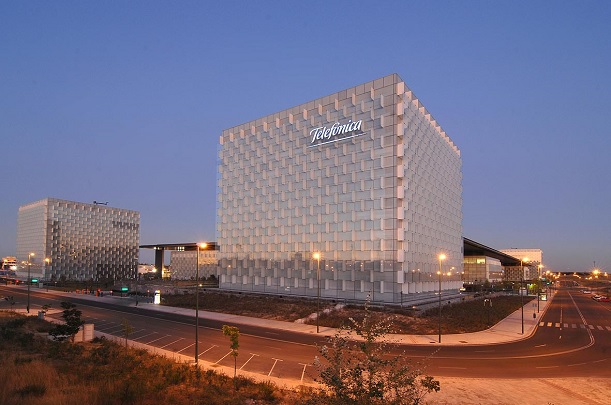Telefónica and Huawei have completed lab tests on a new transport software-defined network (T-SDN) offering, which would help the operator to identify risks to its network service and prevent issues.
It is hoped the solution would improve the planning and management of Telefónica Spain’s photonic mesh network, where large volumes of data are transmitted by light.
Telefónica first started deploying its photonic mesh network back in 2009, using reconfigurable optical add/drop multiplexer technology, which can remotely switch data traffic, and an “advanced” network control plane. It now covers more than 200 locations across Spain.
[Read more: Telefónica to put machine learning, AI into network operations]
While the operator saw an increase in the reliability and flexibility of its network, it wanted to address unspecificed operation and maintenance issues.
The T-SDN can act as the network’s “brain” and compile real-time information and also address potential problems quicker and more accurately than previous methods. It can also optimise spectrum use and improve the performance of wavelength division multiplexing (WDM) networks.
Huawei said it is also working on a new network cloud engine to integrate a network planning tool, control plane and network management system.
[Read more: Telefónica gets into ProgRAN as it completes “last piece of network slicing puzzle”]
María Antonia Crespo, Director of IP Connectivity and Transport at Telefónica Spain, said: “We were interested in seeing how T-SDN technology can help [us] in many different areas.
“Firstly, we’d like to improve the performance of the WDM control plane, helping to reduce restoration times. We also hope that it will enable [us] to manage its resources more efficiently and improve its network diagnoses.
“Finally, it will be very useful for us if we can move towards the automation of the network, as this is one of the key goals in [our] strategy for the coming years.”
Richard Jin, President of Transmission at Huawei, added: “This solution has been implemented in more than 10 networks for customers in different countries and has supported diverse business scenarios, including finance, governments, leased company lines, the media industry and data centre interconnect (DCI).”


